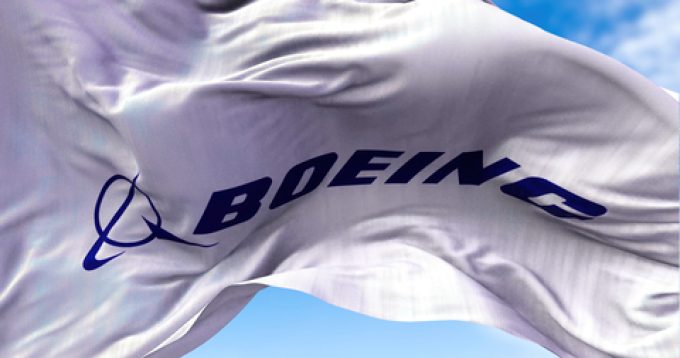Flights cancelled as German airport workers strike
As noted last week, German airports are facing chaos today as Ver.di union members down ...

Boeing’s travails continue as its machinists voted to continue a strike that has hobbled aircraft production and aggravated the company’s financial woes since 13 September.
The strikers have rejected a 35% wage hike offer by management a few days ago.
Nearly two-thirds (64%) of the 33,000 members of the International Association of Machinists and Aerospace Workers, districts 751 and W24, who voted rejected the proposal. While some called it a step in the right direction, many see restitution of retirement benefits, wrested ...
Trump tariffs see hundreds of cancelled container bookings a day from Asia
'To ship or not to ship', the question for US importers amid tariff uncertainty
'Disastrous' DSV-Schenker merger would 'disrupt European haulage market'
'Chaos after chaos' coming from de minimis changes and more tariffs
Forto 'sharpens commercial priorities' as it lays off one-third of staff
List of blanked transpac sailings grows as trade war heats up and demand cools
EC approves DSV takeover of DB Schenker
Overcapacity looms for ocean trades – with more blanked sailings inevitable
Amazon Air’s metamorphosis: 'a different air cargo unit from two years ago'
Shippers in Asia restart ocean shipment bookings – but not from China
India withdraws access for Bangladesh transhipments, in 'very harmful' decision
'Tariff hell' leaves industries in limbo – 'not a great environment to plan'


Comment on this article